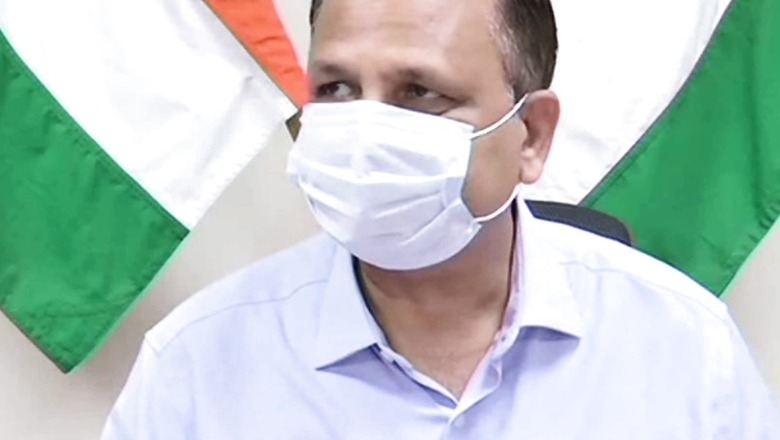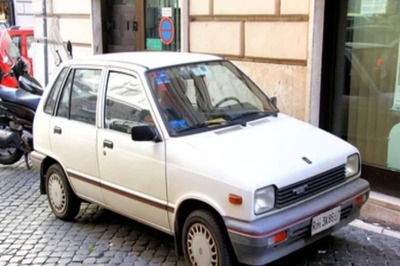
views
Advancing the deadline for the cleaning of the Yamuna in Delhi, Water Minister Satyendar Jain Tuesday said the river will be completely cleaned by December 2023 and not 2025. All the wastewater in Delhi will be tapped in the next six months and all areas will be linked to the sewer network in the next 15 months, he said at a virtual session organised by Assocham.
"We will clean the Yamuna by December 2023 and not 2025. All the drains will be completely cleaned… I am confident. We will invite you all to take a dip in any stretch of the river in Delhi," he said.
Earlier, Chief Minister Arvind Kejriwal had said the river will be cleaned by 2025.
"The Yamuna and all the drains in Delhi will be so clean that you will find fish in the water," Jain said. The minister also said that in the next five to 10 years, Delhi's groundwater table will be as good as it was 50 years ago. "We conducted an experiment on 25 acres of land at Palla (on the northern outskirts of the capital near the Delhi-Haryana border)… It proved successful and we are replicating it now," he said.
The Palla project was a part of the Delhi government's endeavour to augment the city's water supply. The three-year pilot project which started in 2019 involved retaining excess Yamuna water in shallow reservoirs on the floodplains during the monsoon season.
The government had created a 25-acre pond on the floodplains of the Yamuna to retain floodwater and installed 33 piezometers to ascertain the rise in groundwater levels. Jain said considering the increase in drinking water supply, Delhi aims to achieve a sewage treatment capacity of around 1,000 million gallons a day in the near future.
According to Delhi Jal Board officials, the utility will increase its wastewater treatment capacity by 57 per cent (326 million gallons a day) by June 2023. Delhi generates around 744 million gallons of sewage a day, while the DJB supplies around 935 MGD of drinking water against the demand of 1,150 MGD.
The 35 sewage treatment plants operational at 20 locations across Delhi can treat up to 577 MGD of sewage and have been utilising around 90 per cent (514 MGD) of their capacity. Untapped wastewater from unauthorised colonies and jhuggi-jhopri clusters, and poor quality of treated wastewater discharged from WWTPs is the main reason behind high levels of pollution in the river.
A DJB official said the rehabilitation and construction of new STPs will increase the wastewater treatment capacity by 326 MGD by June 2023. According to estimates, Delhi will have 1,305 MGD of water available to meet the demand of its residents by March 2025.
.
Read all the Latest News India and Breaking News here


















Comments
0 comment